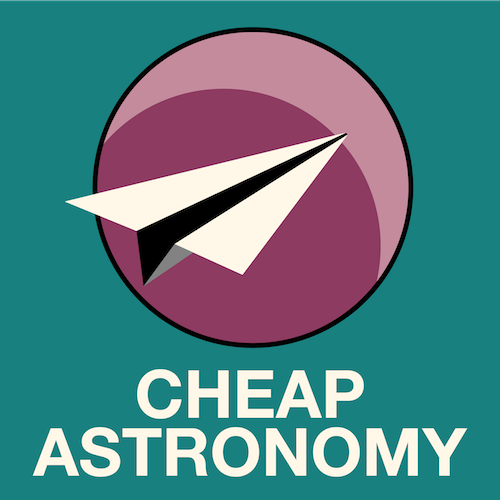

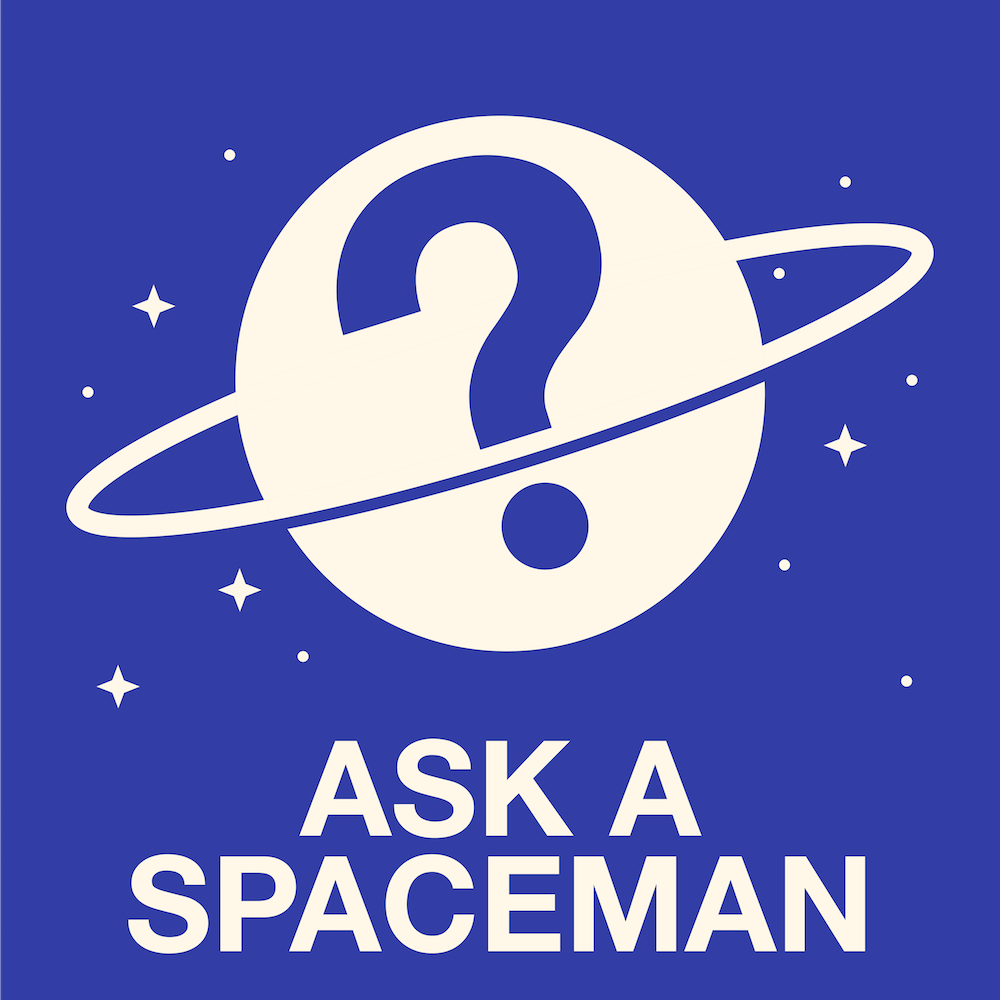
May 21st: Can Life Survive on Locked Planets?
How do planets get tidally locked? What are these systems typically like? Can life find a home in such a challenging environment?
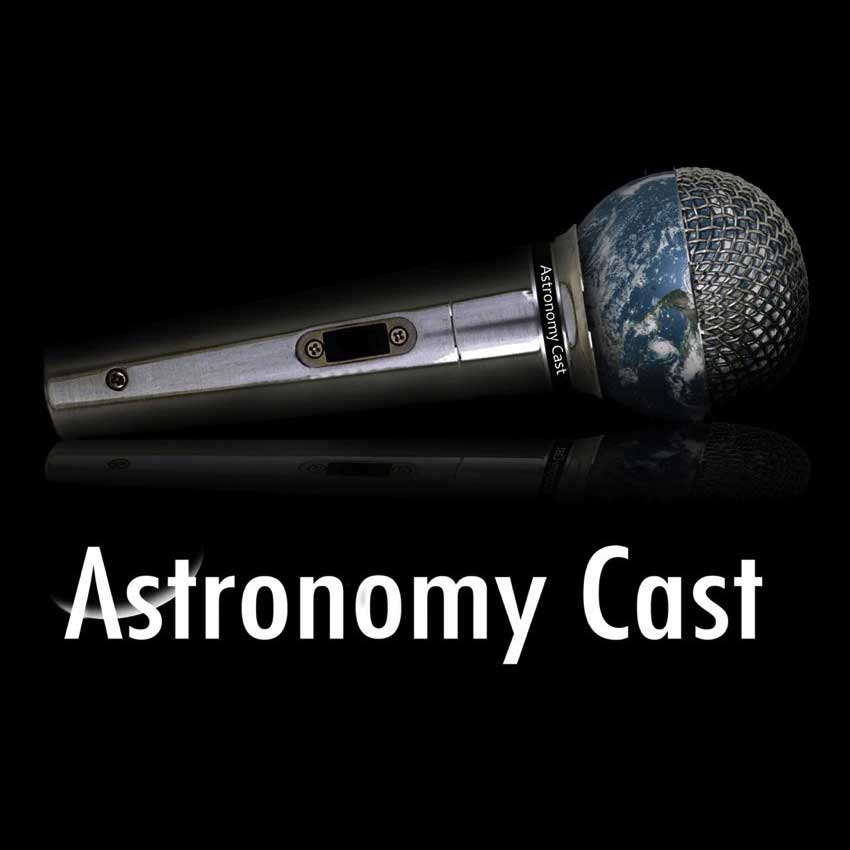
May 20th: Elliptical Galaxies
Our galaxy series continues with elliptical galaxies. Unlike other types, these are large, smooth with very few distinguishing features. They’re filled with red and dead stars, a clue to their evolution.

May 19th: Close Again & Busy Night
As asteroid hunters equipment and skills continue to improve we will be able to find and track some of these tiny impactors and perhaps be able to suggest where to find pieces of one of them on the ground.
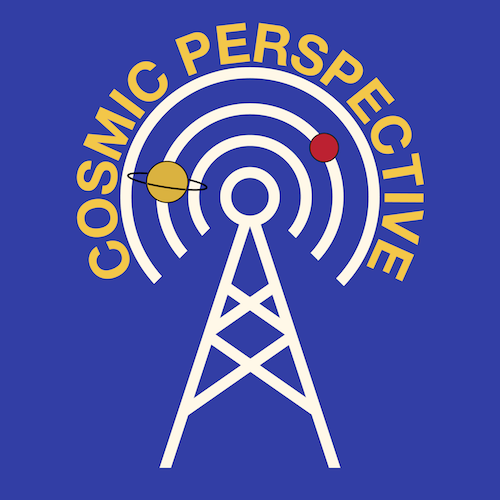
May 18th: Alan Stern’s Virgin Galactic Flight into Space
Alan Stern has been in involved in more than 20 NASA missions. Dr Stern discusses his Virgin Galactic flight into space , the future of space communications, & the latest findings of NASA’s New Horizons mission to Pluto & beyond.
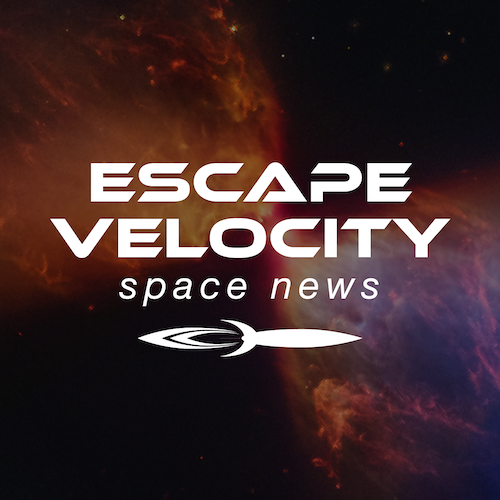
May 17th: Io & Juno Begin to Part Ways
In February, on the closest approach, NASA’s Juno spacecraft was within 930 miles of the closest moon Io’s surface. Since then, Io and Juno have parted ways, and Juno is now snuggling down into tighter orbits around her Jupiter.

May 16th: Street Astronomy
Today podcast we have a story about street astronomy. Activities that carried by Dobson who teaches people how to enjoy the night sky.

May 15th: Unveiling the Secrets of Enceladus
Join us today for a discussion with Dr. Franck Marchis and Beth Johnson as they delve into the thrilling search for life on Saturn’s icy moon, Enceladus.

May 14th: Life in the Dark: How Moons of Rogue Planets Could Harbor Life
In our galaxy, there are many planets that wander alone in the dark, without a star to orbit. Some of these rogue planets could have moons which remain in tow, and these moons could be more than just cold and barren rocks.

May 13th: Spiral Galaxies
Our galaxy series continues, on to spiral galaxies. In fact, you’re living in one right now, but telescopes show us the various shapes and sizes these galaxies come in

